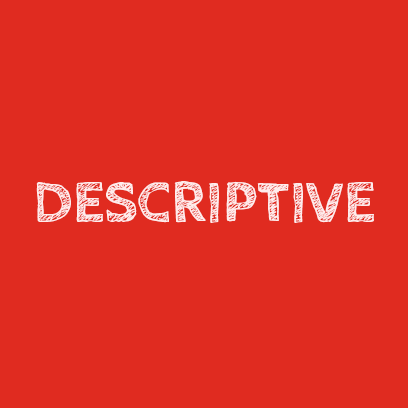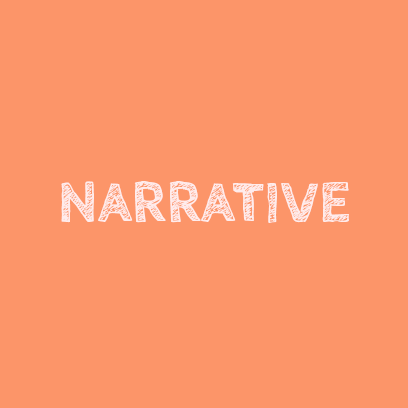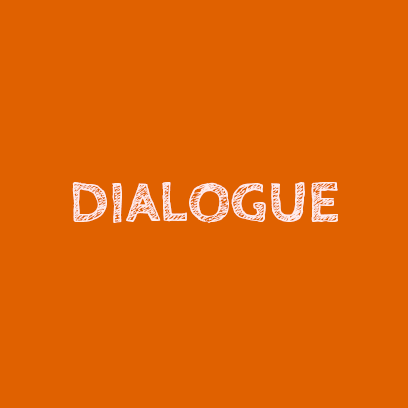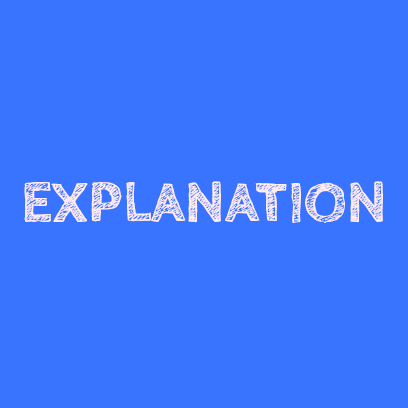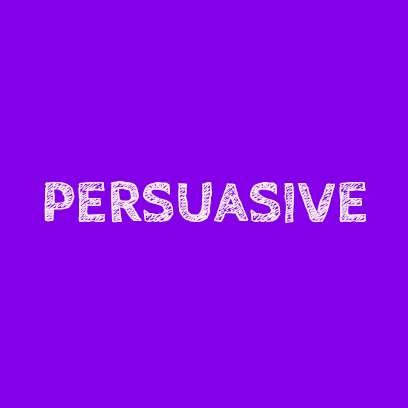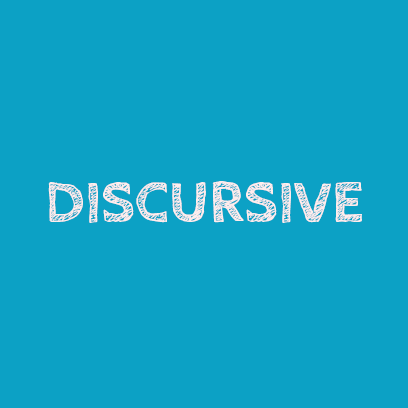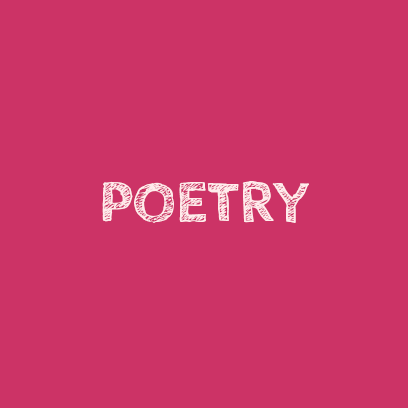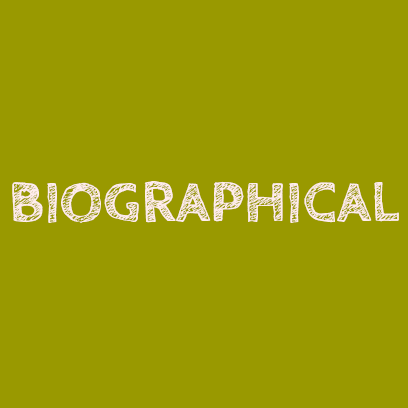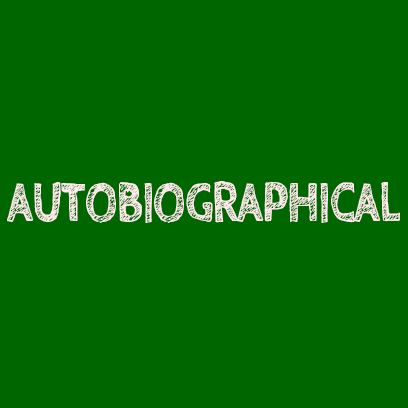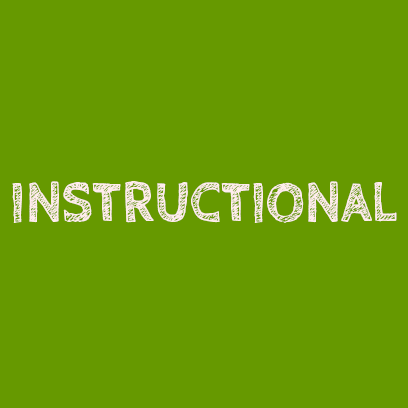Writing prompts to help educators inspire kids & teens
Scribblebibble
Pick your writing prompt below
Scribblebibble Explained
What does Scribblebibble do?
We create creative writing prompts. We design our ‘Scribblebibbles‘ to inspire children and teens to write for fun.
Who is Scribblebibble for?
Scribblebibble is for everyone who wants to inspire young people and encourage writing for pleasure. We want our writing prompts to be useful for everyone, everywhere, all the time. You might be a teacher, a writing instructor, an author, a home educator, a tutor, or someone who just loves telling stories. It’s all for you.
Which curriculum standards does Scribblebibble support?
We support a love of writing. You won’t find references to curricula, assessments, or benchmarks in our prompts. We have suggested age ranges for each writing idea, but we trust you as teachers, home educators, and parents to use these resources as you see fit. We promote writing for pleasure.
That being said, we hope our Scribblebibbles will be useful in K-5, middle schools, intermediate schools, junior high schools, high schools; for Common Core, National Curriculum, The Writing Framework by DfE, Junior & Senior cycle, CfE, CfW, Australian Curriculum, The New Zealand Curriculum / Kia ora, NCERT, CAPS, matriculation; in primary schools, secondary schools, KS1, KS2, KS3 & KS4; English lessons, literacy activities, ELA courses, functional English, GED, creative writing enrichment, co-curricular clubs, and activities.
Gosh! Doesn’t the English-speaking world have a lot of words for writing in ‘school’?
How can I use Scribblebibble?
Use our free creative writing prompts and resources in class, as instant homework ideas, for home learning, online teaching, live lessons, supply teaching, cover lessons, writing groups, and more.
What is a writing prompt?
A Scribblebibble writing prompt is a spark of imagination, the seed of an idea – hopefully a eureka moment where a child thinks, “I want to write about this.”
The prompt might evoke a memory, a dream, an idea to change the world, an incredible new world, a fantasy universe, a philosophical dilemma, or a story through another person’s eyes.
It’s a start. The rest is up to you!
What is a Scribblebibble?
What is a ‘scribblebibble‘ and why did you pick that word?
The word scribblebibble was coined by Edward Lear in 1885, and we picked it because it sounds interesting. Lear used it to start a letter: “I will begin this scribblebibble with an apology…”
Experts think it might be a quirky portmanteau of scribble and babble – a sort of rapid-fire splurge of writing.
Or perhaps it’s a scribble and a bibble, as in a bibulation, a dribbling, slurping slosh of words flowing from his pen.
Or maybe Lear just liked the feel and cadence of saying scribblebibble-scribblebibble-scribblebibble over and over to perhaps prove his own madness. Or could he have conjured the word as a child to annoy an older brother, sister, parent, or teacher?
Who knows or cares? Admit it. It made you think, imagine, or pause for a few seconds – and that’s something a good piece of writing should do.
Why is creative writing important?
Creative writing should be a fun and engaging way to express ideas, develop emotional responses, fine-tune beliefs, formulate empathy, and help children and teens find themselves.
We don’t think creative writing should be defined by a series of ticks on a curriculum checklist or by how many fronted adverbials, subjunctive constructions, coordinating conjunctions, or model verbs might, should, or have been used.
We believe creative writing expands the mind, provides an avenue for curiosity, and allows children and teens to let off steam expressively.
Our approach to creative writing
We believe creative writing should be accessible, available, and limited only by your child’s imagination.
Writing does not have to be limited to a pen, paper, and an English lesson. Write outdoors. Dictate into a computer. Build a model and describe it. Write about a picture. Write about a film. Write about what you see, hear, or feel. Write as if you are someone else, somewhere else, or something else.
Write for an audience. How will you make those people laugh, cry, or empathize? How will you change their minds? How will you make them better?
Are you writing for a teacher, a parent, family, friends, siblings, classmates, the whole world, or aliens?
How will you perform for your audience? Is it a classroom, at home during a meal, in a circle, around a fire, up a tree, at the beach, in a field of fog, or in an enchanted forest school?
What is the intent? Is it to impress, amuse, change minds, get people thinking, scare, or provoke?
What is the reward? Where will the buzz come from? Will it be seeing people’s reactions, seeing it in print, receiving praise, getting published, having it put on display, or seeing it included in an anthology? Perhaps it might be filmed, performed, or shared with friends?
At Scribblebibble, we believe creative writing must be fun, relatable, compelling, and available to all.
How to use this site
Scribblebibble has been designed to work on interactive whiteboards and panels, big screens, desktop computers, laptops, mobile devices, and smartphones.
For each writing prompt activity, there’s a video to set the scene and spark interest, three different approaches: thinking, discussion, and writing; and a ‘seeing things differently’ photograph to explore alternative perspectives. There’s also a series of ideas for English language and creative writing teachers.
Thinking idea
In this section, Scribblebibble poses a question, plants a seed of inspiration and creates a space for the writer to sit and imagine. This might be quiet contemplation in a classroom, small group, or as part of a home education assignment.
Discussion idea
The discussion section has ideas for talk partners, group discussion, circle time and teacher or tutor directed debate. These prompts will provide opportunities to speak, to read out and share, or develop through hot-seating or questioning.
Writing idea
The writing idea box includes suggestions to help young writers decide on how to approach the task, including how to decide on a form and perspective, and how to plan and sequence.
Teaching idea
The teaching idea section is designed to help educators develop an approach for an outcome in an English lesson in school, a creative writing workshop, an extended project or a homework task.
Resources
Below the writing prompt section is a series of links related to that writing genre, including research activities, independent & deeper learning opportunities, background music & sound effects and blended learning apps.
Please note, YouTube may use cookies if you play this video. Click for more information, and here’s how to turn cookies off.
